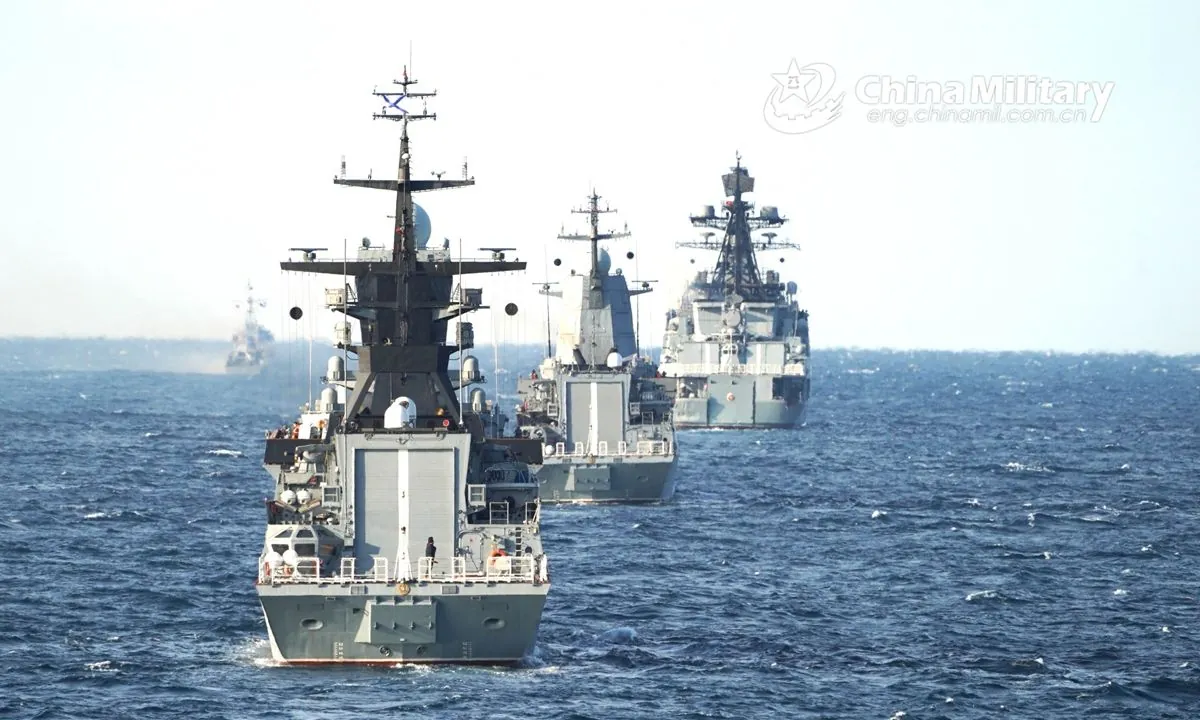On September 12, 2024, Russian and Chinese naval forces initiated joint exercises in Peter the Great Bay, south of Vladivostok. This collaborative effort is part of a larger series of Russian maritime maneuvers spanning multiple bodies of water.
The Russian Defense Ministry reported that four Chinese warships and a supply vessel joined Russian ships for drills focused on safeguarding sea communications and maritime economic zones. These exercises are a component of a more extensive Russian naval operation involving over 400 warships, submarines, and support vessels. The broader maneuvers are scheduled to continue until September 18, 2024, encompassing the Pacific and Arctic Oceans, as well as the Mediterranean, Baltic, and Caspian Seas.
China's state-run Xinhua News Agency stated that the joint exercise aims to enhance strategic coordination between the Chinese and Russian militaries and improve their collective ability to address security threats.
These naval drills occur against the backdrop of Russia's ongoing military engagement in Ukraine, which has been ongoing for approximately two and a half years. Despite facing significant challenges on land and sea, including notable setbacks to its Black Sea Fleet, Russia continues to organize large-scale military exercises. These demonstrations serve to project power and strengthen defense ties with partners, particularly China.
The joint Russian-Chinese naval exercises highlight the growing military cooperation between the two nations, a partnership that has been developing since 2005. This collaboration is particularly significant given that China currently possesses the world's largest navy in terms of vessel count.
The extensive scope of Russia's naval maneuvers, spanning from the Mediterranean to the Pacific, underscores the country's ambition to maintain a global maritime presence. These exercises utilize diverse maritime environments, including the Arctic Ocean, the world's smallest and shallowest major ocean, and the Caspian Sea, the largest inland body of water globally.
While Russia's military resources have been significantly strained by the conflict in Ukraine, which represents the largest military engagement in Europe since World War II, these naval exercises demonstrate the country's determination to uphold its strategic interests and international military partnerships.
"The joint exercises aim to defend sea communications and areas of maritime economic activity."
The collaboration between Russian and Chinese naval forces in these exercises reflects the complex geopolitical landscape and the evolving nature of international military alliances in the face of ongoing global tensions.
